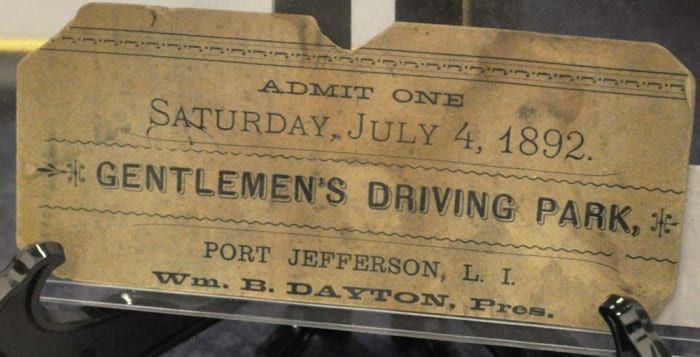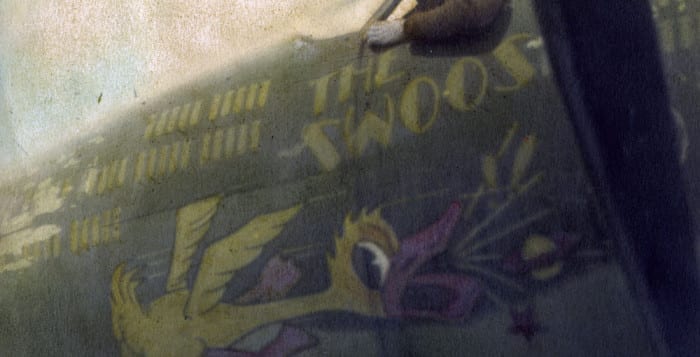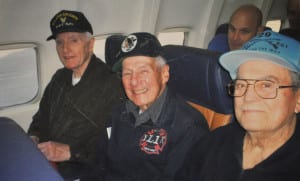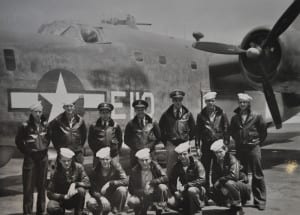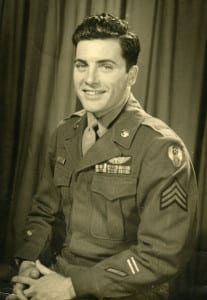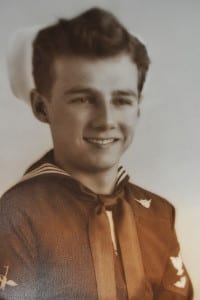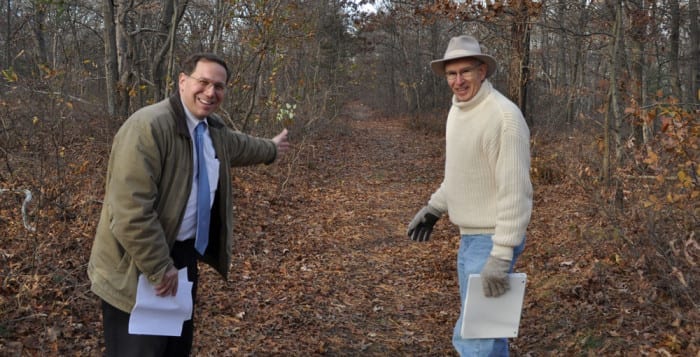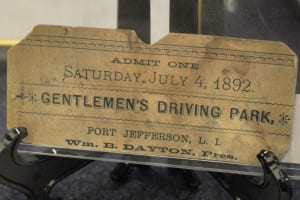Long Island’s last harness horse racing track is a step closer to being preserved, after the Brookhaven Town Board voted last week to spend $1.18 million from its land acquisition fund to purchase almost 6 acres of land at the site in Terryville.
Once the town closes on that property, it will own the entirety of the 11-acre plot off Canal Road at Morgan Avenue, less than half a mile east of Route 347.
The Gentlemen’s Driving Park is now an overgrown path in the woods, but during the Victorian Era it was a place where bettors gathered as men raced the half-mile loop counterclockwise behind their horses in carts called sulkies. The track, which was part of a circuit of harness racing tracks in the Northeast, was adjacent to the Comsewogue stables, which were owned by well-known area horse trainer Robert L. Davis and are now the Davis Professional Park.
Now that the town is acquiring the rest of the site, Cumsewogue Historical Society President Jack Smith said in a phone interview last Thursday that he would like to partner with the parks department to clear the track and he would like to “develop programs and events that are appropriate for the site to educate” visitors. He gave examples of placing signs around the track detailing its history so that people may learn while walking around it, and holding an annual fair with vintage sulkies re-enacting the horse races from the late 1800s or participating in a carriage parade.
Councilman Steve Fiore-Rosenfeld, who was a driving force behind the site’s acquisition, said last Thursday that preserving the track is important from an environmental standpoint as well — maintaining open space helps replenish the underground aquifer from where the area gets its drinking water.
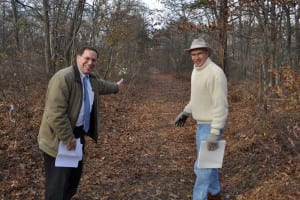
In addition to working with the historical society to preserve the track, the councilman said he would like to see a stewardship agreement with the Woodcrest Estates apartments, which abut the property. Fiore-Rosenfeld said the senior residents could use the track, “a relatively tranquil place,” to go for walks without having to go into the street.
Smith discovered the Gentlemen’s Driving Park a few years ago using Google Earth. He said in a previous interview that he had heard rumors of a racing track in the area, and while looking at the aerial view of Terryville he saw a faint oval shape in the woods off Canal Road. The next day he was walking on the 25-foot-wide path in the woods.
The track is mostly whole — a Long Island Power Authority right-of-way cuts into its southwestern curve.
The historical society president reached out to Fiore-Rosenfeld and the two have since worked together to preserve the site.
“This was not some backwoods, good ol’ boy, local kind of thing. This was a big deal for its time,” Smith said last winter, as the town was still working to acquire the rest of the property. He called it the NASCAR of its day and said, “This was an era when the horse was king. The horse was everything to everyone,” including transportation, sport and work.
The historian has uncovered a few artifacts, including a pair of Victorian-era field glasses near the finish line on the track’s west side. They were broken, likely after being dropped and trampled. Smith also has a ticket from a July 4, 1892.
Ironically, the rise of the automobile likely caused the track’s demise, but cars also helped preserve the track so it could be discovered today. According to Smith, local kids raced jalopies at least through the mid-1950s, which prevented the track from becoming completely overgrown. Those kids left signs of their activities — around the track there are rusty frames of wrecked cars.
“Maybe we should keep one there as a monument,” Smith said last Thursday, with a laugh. “In a strange way we owe a lot to those kids.”

